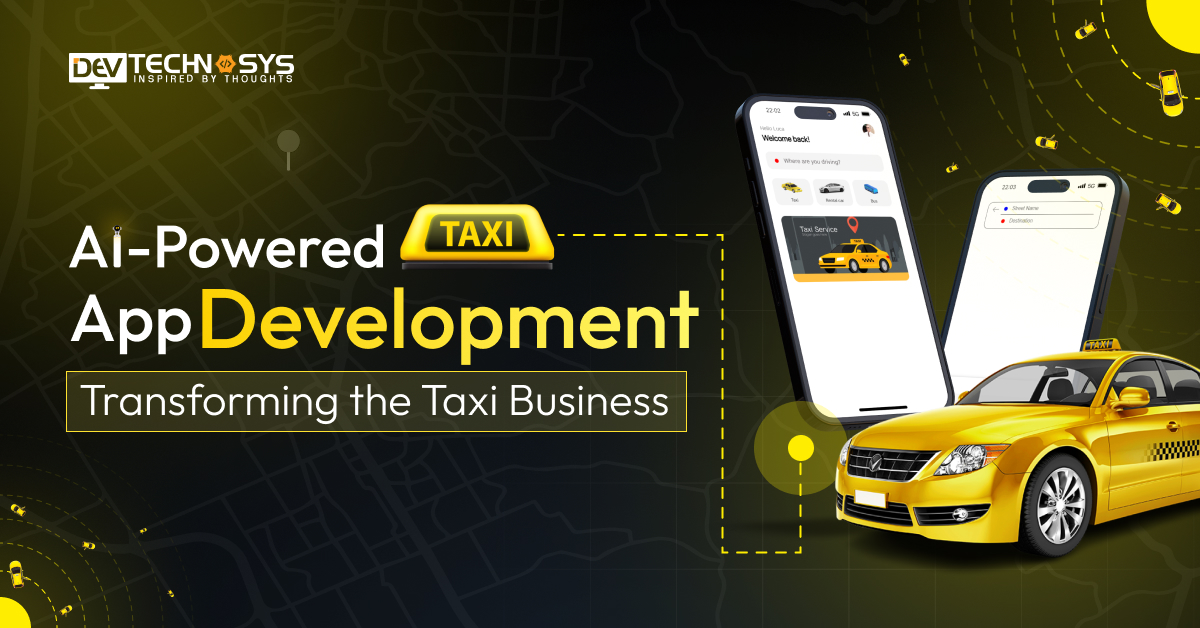Are you also one of the people wondering are flying cars invented yet? Everybody is talking about it right? For decades, the futuristic vision of flying cars has hovered tantalizingly in the realm of science fiction. Movies like “Back to the Future” and “The Jetsons” painted a picture of a world where personal air vehicles soared through the skies, effortlessly navigating congested cityscapes. But is this fantasy becoming reality?
While headlines proclaiming “Dubai launches flying cars!” might suggest a definitive answer, the truth, as always, is a bit more nuanced. It’s important to understand the current state of dubai flying cars development and the challenges that still lie ahead before we can truly say if they’ve truly arrived. So why not dive into this blog and know are flying cars invented yet?
The Evolving Definition of “Flying Car”
Firstly, it’s crucial to acknowledge that the term “flying cars in Dubai” itself is somewhat vague. In our collective imagination, the image of a car seamlessly transforming into a flying machine often comes to mind. However, the current reality is quite different.
The Dawn of Personal Aerial Vehicles (PAVs)
What Dubai recently unveiled is not a car that magically sprouts wings, but rather a Personal Aerial Vehicle (PAV). This category encompasses a diverse range of flying machines, including:
- Electric Vertical Takeoff and Landing (eVTOL) aircraft: These compact, multi-rotor vehicles resemble giant drones and can take off and land vertically, eliminating the need for runways.
- Flying taxis: Companies like Volocopter and EHang are developing autonomous eVTOLs for urban air taxi services, aiming to offer on-demand point-to-point transportation.
Dubai’s Pioneering Initiative:
Dubai’s recent demonstration involved an eVTOL called the XPeng X2, manufactured by a Chinese company. This two-seater vehicle completed a 15-minute test flight, showcasing the potential for such technology in urban environments.
However, it’s important to note that this was a limited demonstration, not a widespread deployment. The XPeng X2 still faces hurdles before becoming a mainstream transportation option. These include:
- Regulation and safety concerns: Integrating PAVs into existing air traffic control systems and ensuring their safety for both passengers and people on the ground is a complex task. Regulatory frameworks are still evolving to accommodate this new technology.
- Infrastructure development: Landing pads and charging stations need to be established to support widespread use of PAVs.
- Cost and accessibility: Currently, the cost of developing and acquiring PAVs is significant, limiting their accessibility to most individuals.
Beyond Dubai: A Global Race to the Skies
Dubai might be leading the charge, but it’s a global race. Other cities are exploring flying car initiatives, eager to solve their own urban transportation challenges. Companies like Uber and Hyundai see a future where flying car services integrate with their existing ride-sharing platforms.
While Dubai grabbed headlines with its recent demonstration, several other companies and countries are actively developing their own PAVs. Some notable examples include:
- Joby Aviation: This American company is developing a five-seater eVTOL for air taxi services and aims to launch commercial operations in 2024.
- Volocopter: This German company is working on autonomous eVTOLs for both passenger and cargo transportation.
- Lilium: This German company is building a five-seater eVTOL with jet engines, promising quieter and faster operation compared to multi-rotor models.
The Future of Flying Cars: A Gradual Transformation
Are you wondering when there will be flying cars? It’s crucial to understand that flying cars in Dubai in the way we often envision them, are unlikely to become a ubiquitous reality anytime soon. The challenges mentioned above are significant and require time and sustained efforts to overcome.
However, the recent advancements in PAVs indicate a gradual transformation of the personal transportation landscape. We might see a future with:
- Urban air taxi services: Offering on-demand point-to-point transportation in congested cities, potentially easing traffic woes.
- Specialized use cases: PAVs could be used for emergency medical services, search and rescue operations, or access to remote areas.
- Evolution of PAVs: As technology advances and costs decrease, we might see more diverse and accessible PAVs emerge, catering to a wider range of needs.
Flying Cars: From Sci-Fi Dream to Dubai Reality
Remember those cartoons – The Jetsons whizzing about town in their sleek future flying cars, or the bulky-but-functional flying vehicles of Blade Runner? Well, the future we always imagined is closer than ever. Dubai police cars flying, or personal aerial vehicles (PAVs), are no longer confined to the realm of science fiction. Dubai, the city of innovation, has officially taken the lead with the launch of its air taxi service.
What Exactly are Flying Cars?
Are flying cars invented yet? Will take us to this journey! Flying cars aren’t the car-shaped UFOs we typically picture. The ones we’re seeing emerge are technically eVTOLs, or Electric Vertical Take-Off and Landing vehicles. It’s a fancy term for an aircraft that takes off and lands vertically (like a helicopter), but is powered by electricity, making it quieter and more environmentally friendly.
Think of eVTOLs as a hybrid between a helicopter and a small passenger plane. Depending on the model, they can typically carry 2-5 passengers and look a bit like oversized drones with multiple propellers.
Dubai’s Flying Taxi Initiative
Dubai is no stranger to pushing boundaries. It boasts the world’s tallest building, luxurious underwater hotels, and now – a commercial flying taxi service. This initiative isn’t just a publicity stunt. Dubai has a clear vision of incorporating flying taxis into its urban transportation system.
Several companies are at the forefront of this revolution:
- XPENG X2: This Chinese-made eVTOL, developed by XPENG Aeroht, looks like a futuristic sportscar with wings and propellers. It has conducted test flights in Dubai and received praise for its sleek design.
- Joby Aviation: A California-based company, Joby Aviation, is also in the running. Their eVTOL has a more utilitarian design resembling a small passenger plane with multiple rotors.
Are you still wondering will there be flying cars in 2050? Dubai has invested heavily in infrastructure to support this flying taxi revolution. The city plans to build “vertiports” – essentially mini-airports for eVTOLs – throughout the city. The first of these vertiports already exist.
The Benefits of Flying Cars
While the concept of flying cars sounds incredible, what are the real-world benefits?
- Reduced Traffic Congestion: One of the primary goals is to alleviate Dubai’s notorious traffic. By taking transportation to the skies, flying taxis can create an entirely new route network, bypassing gridlock on the ground and significantly reducing commute times.
- Environmentally Friendly: Electric-powered eVTOLs don’t produce the same harmful emissions as traditional gasoline-powered vehicles, contributing to a cleaner and more sustainable transportation system.
- Increased Accessibility: In Dubai’s case, flying cars could improve the accessibility of remote locations or areas less connected by traditional roads, making journeys more streamlined.
- Tourism Boost: Dubai thrives on tourism, and flying taxis promise a unique and thrilling experience for visitors. Tourists could enjoy breathtaking aerial views of the city’s iconic landmarks.
The Road (or Sky?) Ahead!
While flying cars haven’t arrived in the way we might have imagined from our childhood sci-fi dreams, the innovative work being done in the field of PAVs suggests a future where personal aerial transportation becomes a reality, albeit in a different form. This journey will require collaboration, technological advancements, and careful consideration of regulations and safety concerns.
So, to answer the question “are flying cars invented yet” is definitively: No, flying cars, in the traditional sense, are flying cars invented yet? No. However, if you are wondering, will there be flying cars in the future? The evolution of PAVs marks the beginning of a transformative journey towards a future where personal transportation might take to the skies, albeit in a more gradual and measured way than our earlier visions might have led us to believe.












